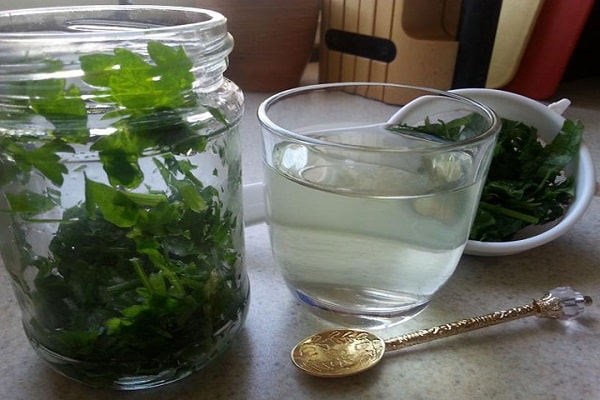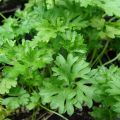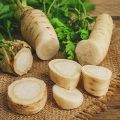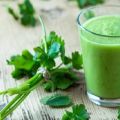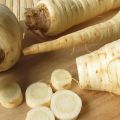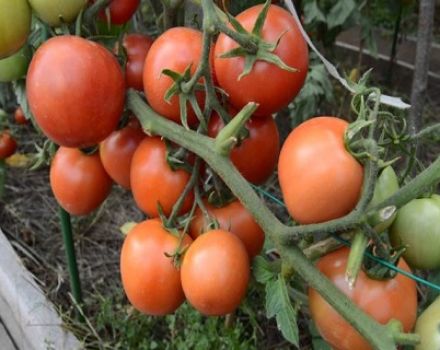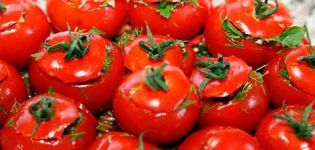Medicinal properties and contraindications of parsley for diabetes
The use of parsley for diabetes is quite popular today. The plant helps to lower blood sugar, remove excess fluid, eliminate puffiness, prevent inflammation, prevent tumors, improve vision and strengthen fragile bones.
In general, parsley is good for people with any immunity. It is consumed fresh and added to dishes during cooking. Healing infusions and decoctions are made from the plant.
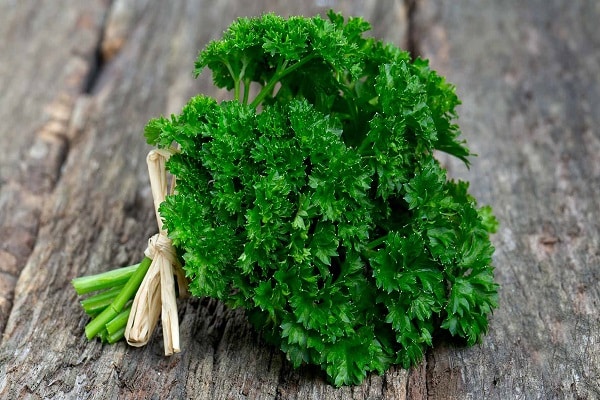
The chemical composition of parsley
The greenery contains a whole store of nutrients. It has 5 times more vitamin C compared to lemons, oranges and other citrus fruits. The iron index is 2 times higher than that of spinach.
In addition, parsley contains many of the following trace elements that are beneficial for any person:
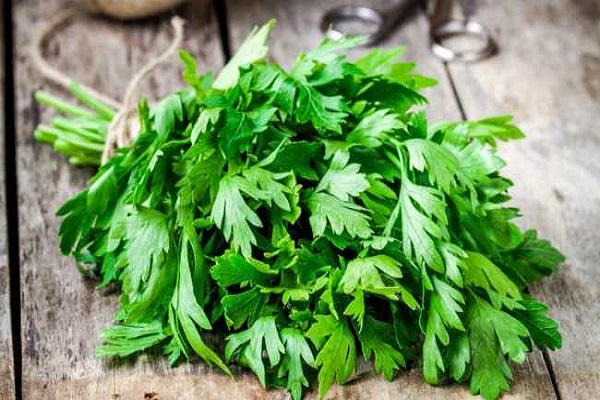
- vitamins A, B, E, K and PP;
- folic acid;
- manganese;
- copper;
- calcium;
- beta carotene;
- potassium;
- mineral salts;
- vitamin C;
- phosphorus.
The plant is also rich in apigenin, inulin polysaccharide, luteolin.
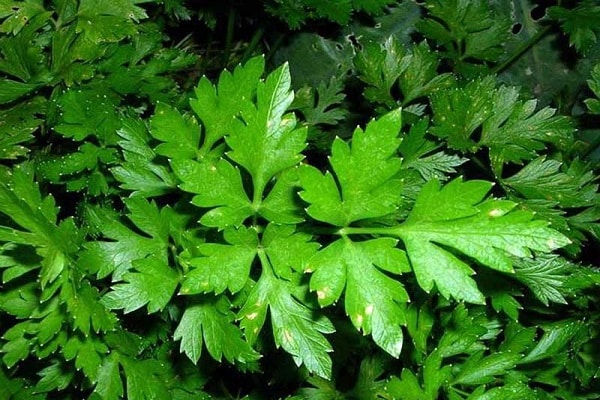
Medicinal properties of parsley for diabetes
This green is good for people with type 1 and type 2 diabetes. It is used in salads without fear of deterioration of the body's condition. The use of parsley in food is capable of:
- Reduce appetite and make you feel full for a long time. This excellent quality helps in the fight against obesity. After all, it is often a side effect of the disease.
- Support and stimulate the renal system.
- Help with indigestion and colic. It is enough to drink parsley tea.
- Remove excess water from a sick body, thereby reducing swelling.
- Purify blood and urine.
- Neutralize inflammatory processes.
- Ease joint pain.
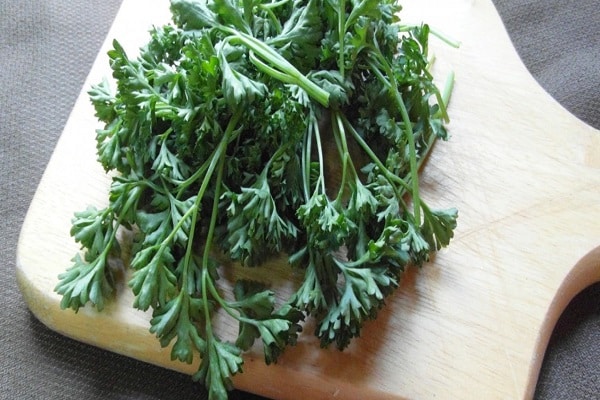
Bones are often fragile in diabetics with insulin deficiency. Thanks to the vitamin K content of parsley, bone health is improved. Also, patients have severely weakened immunity. The presence of folic acid and iron in greens will help to improve the general well-being of patients.
Glucose surges are often caused by disturbances in carbohydrate metabolism. The plant helps to normalize metabolism and stabilize blood sugar, improve insulin absorption.
Attention! Do not forget about the danger of excessive use of parsley. An excess of trace elements can worsen the condition.
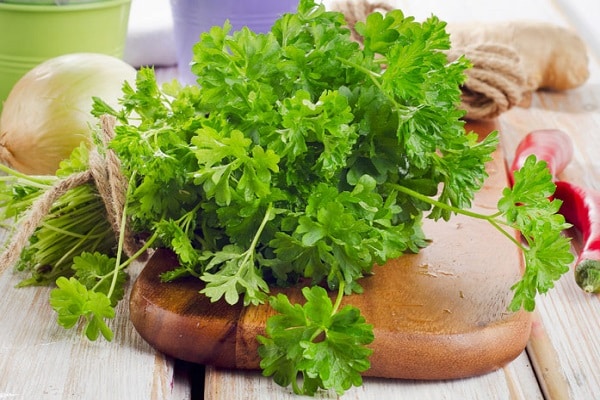
Application in medicine
For medicinal purposes, greens are used:
- For colds. The essential oil of the plant is great for helping to remove phlegm from the lungs.
- To eliminate problems such as inflammation of the prostate gland, impotence, and menstrual irregularities.
- In ridding the body of toxins and toxins during the loss of excess body weight.
- In the treatment of bruises and abscesses. Parsley has bactericidal and wound healing properties.
- To improve visual acuity. The carotene contained in greens does an excellent job with this.

Diabetes Recipes
Parsley is not capable of curing diabetes mellitus, but the use of this herb for cooking decoctions will help eliminate the symptoms of the disease and improve the body's condition.

Parsley root recipes
Decoctions and infusions are prepared from the roots of the plant according to the following recipes:
- Grind 100 g of roots, then pour boiling water over them (1 l). Leave to infuse for an hour and a half. Then strain with cheesecloth or sieve. The infusion relieves puffiness well and removes urine. It is recommended to drink 200 ml of it daily for 2 weeks.
- Pour boiling water over 50 g of chopped roots (1 glass). Boil the resulting mixture for 3 minutes, then let it brew for 45 minutes and strain. Drink 20 ml twice a day - in the morning and in the evening, shortly before bedtime.
- Pour 20 g of roots, previously chopped into a saucepan, pour 0.5 l of milk, then cook over low heat. When the milk starts to boil, remove the broth from the stove and strain.
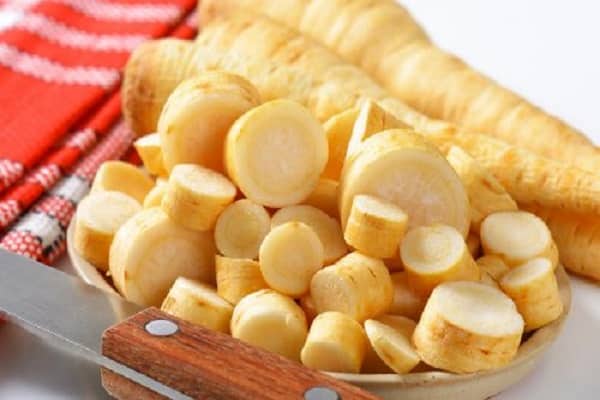
Leaf recipes
Infusions are prepared from chopped parsley leaves. You need to choose one of the following recipes:
- Pour raw materials into a saucepan and pour boiling water, then put them on the stove and wait for a boil. The broth is insisted for half an hour and filtered. You need to take it three times a day for 1 tbsp. l.
- Mix the chopped greens with 500 ml of milk. Put on low heat and stir. After boiling, remove from the oven, let cool and strain. The broth is taken half an hour before meals, 1 tbsp. l.
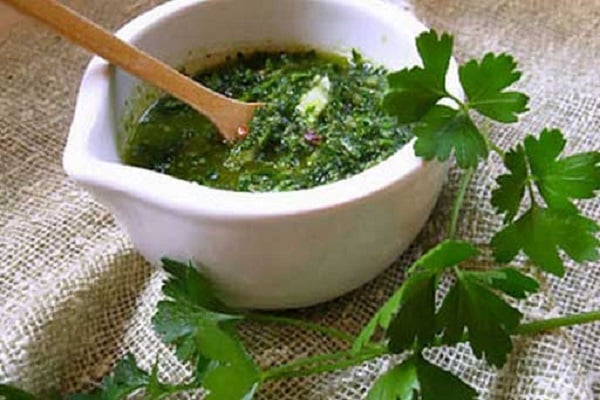
Seed recipes
Infusions from the seeds of the plant are good at lowering sugar levels. The following recipes are most popular:
- 1 tsp pour raw materials with boiling water (1 glass) and leave to infuse in a warm place for 12 hours. Strain the mixture and drink 1 tbsp every four hours. l. within 1 month.
- Mix dandelion roots, peppermint leaves, fennel with seeds. Pour boiling water into a container and set aside for 15 minutes. After cooling, strain. It is recommended to drink the infusion in 100 ml instead of tea. Sweet lovers can add honey.
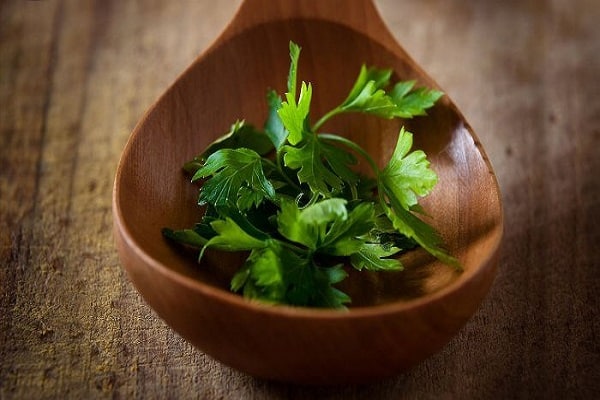
Contraindications
Because of its tonic effect, parsley is prohibited for pregnant women. Greens can cause rejection of the fetus and premature birth.
People with kidney disease are not advised to take herbal infusions. It contains oxalates, which contribute to the appearance of sand and stones in the body.
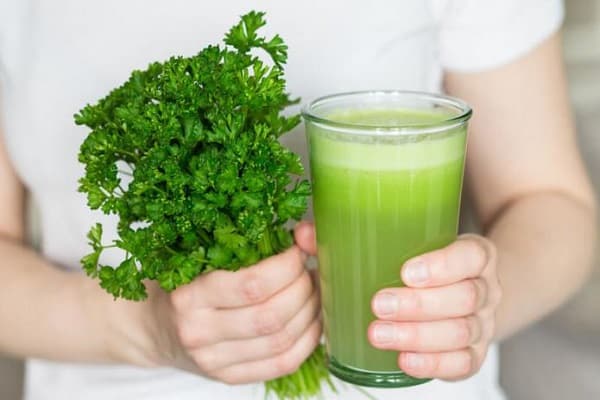
Persons suffering from cystitis should limit the intake of parsley. After all, one of the main properties of a plant is a diuretic effect.
Eating parsley for food can help eliminate the main symptoms of diabetes, but it cannot cure the disease. You should take infusions and decoctions from the roots, seeds and leaves of the plant. An excessive amount negatively affects the patient's well-being.
